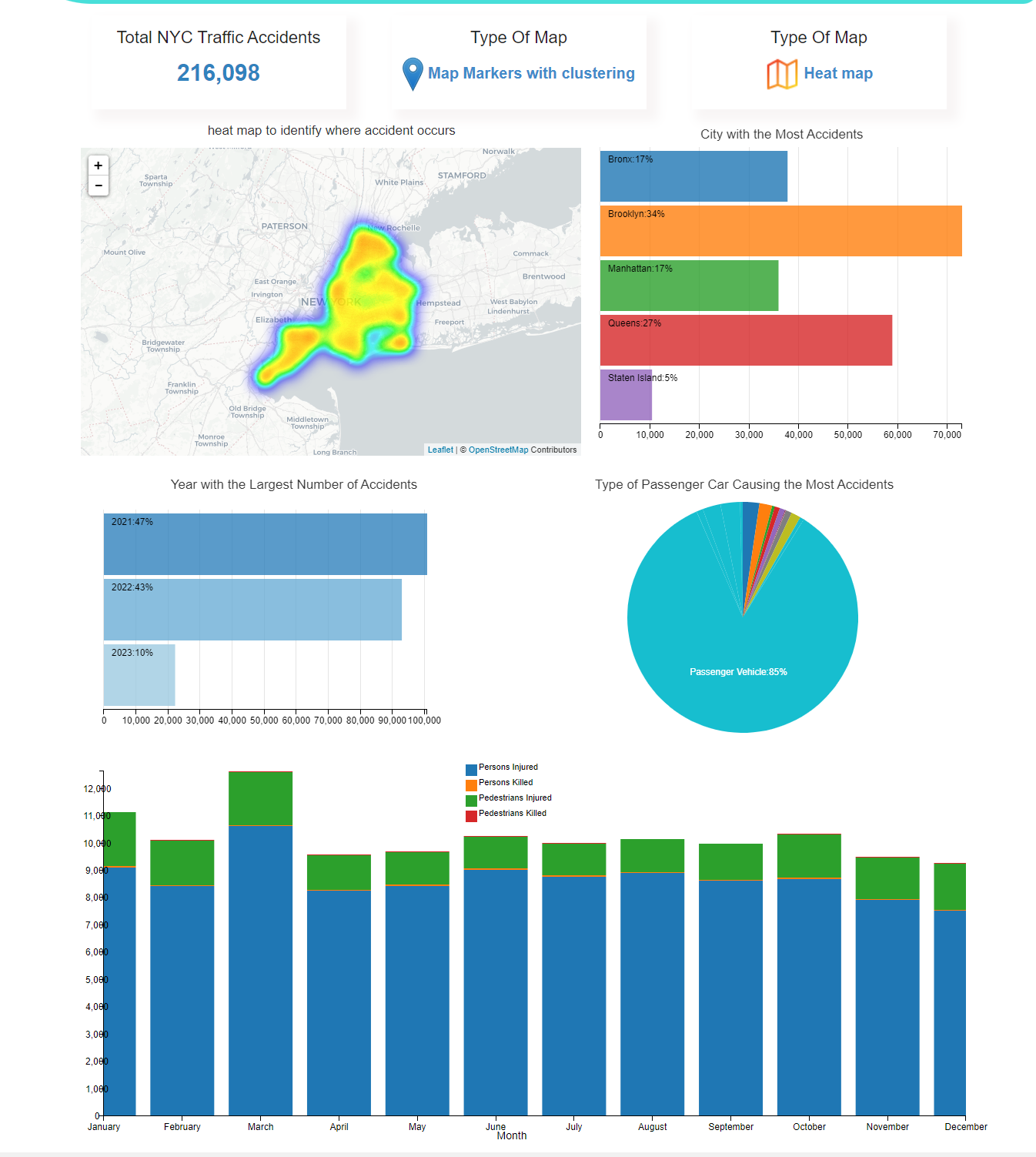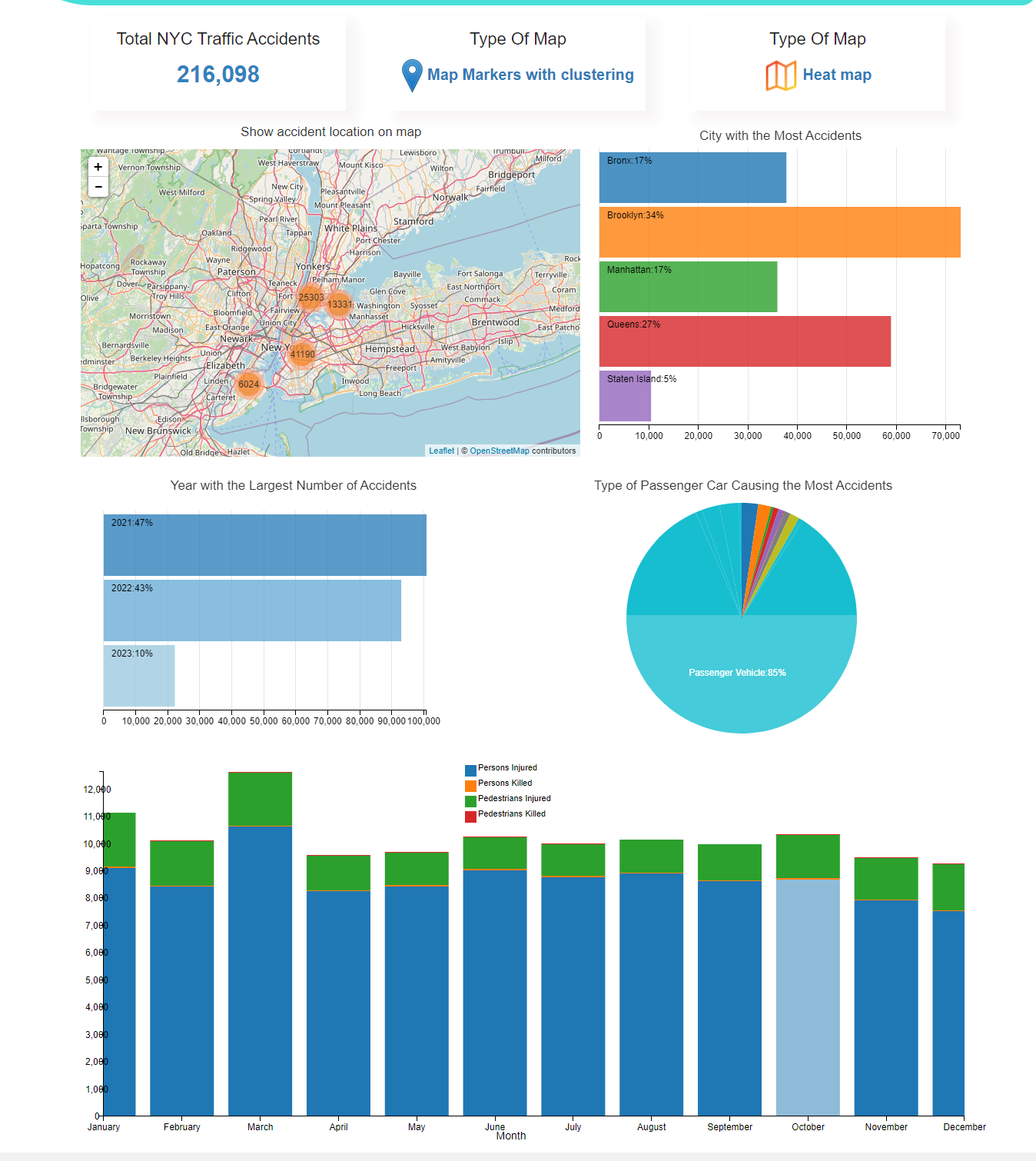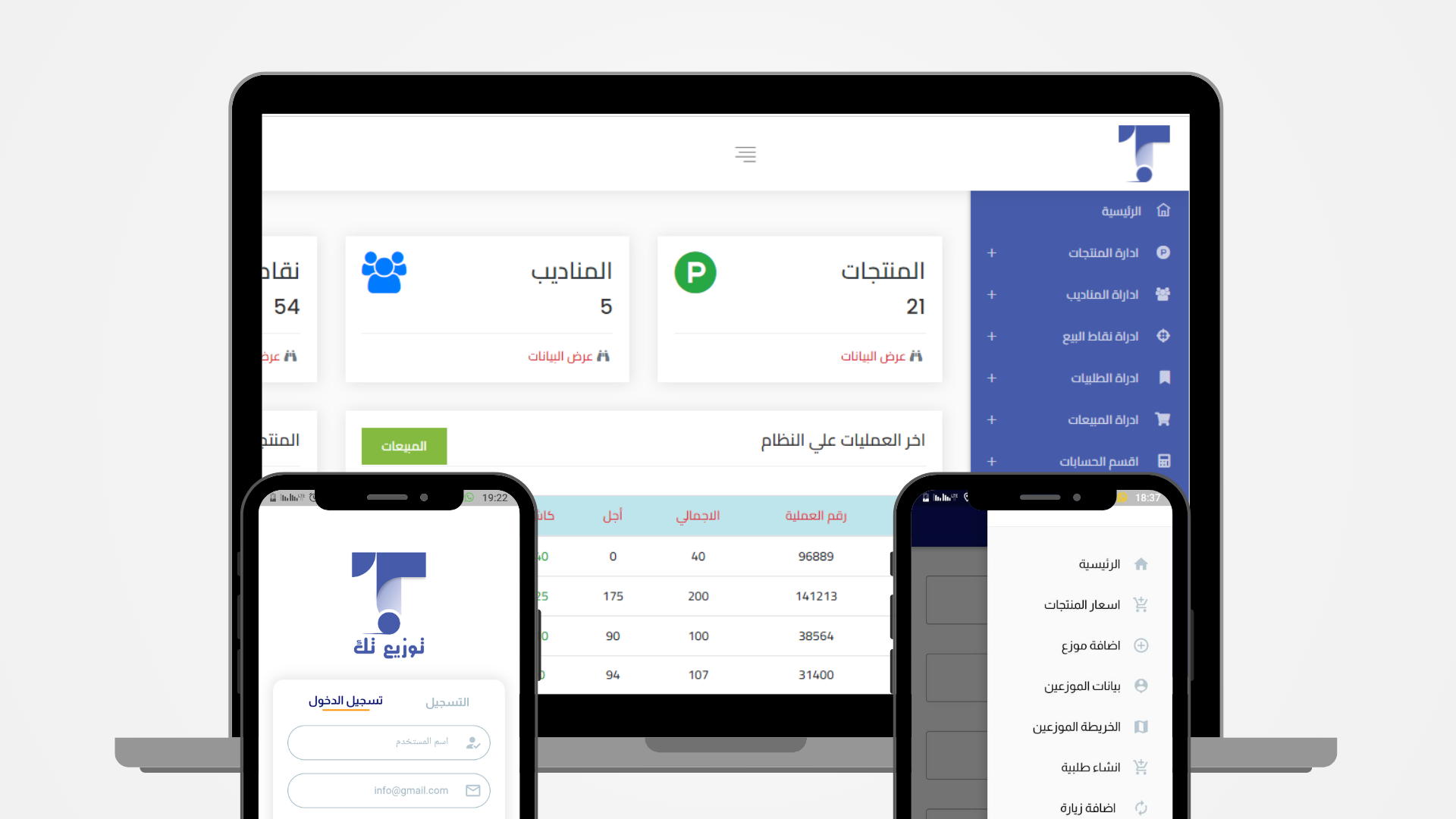OSAMA YASSIN
Software Engineering

About Me
Software Engineer with 4+ years of experience and developer
with a proven track record of designing and implementing software solutions for mobile and web applications. Throughout my career, I have used programming languages to develop innovative and efficient software solutions. I have also built interactive maps using LeafletJS or MapboxJS for visualization and user engagement and used the Corsfilter JS framework to perform data analysis and gain insights into user behavior and preferences.
Education
Bachelor's degree in Software Engineering from Sudan University of Science and Technology
2016 - 2022
Language
Arabic
English
Professional Skills
Languages
Software / Tools
Map
- Design and develop user-friendly and visually appealing web applications.
- Build internal office administrative applications for automating routine tasks and streamlining workflows.
- Utilize data analysis techniques to extract meaningful insights from large datasets.
- Manage a team of developers, including conducting performance reviews and providing guidance and support
- Develop and maintain relationships with clients to ensure customer satisfaction and retention
- Work with business development teams to identify opportunities for new product development and market planning
- Participate in company-wide design strategy development to ensure alignment with business goals and objectives
- Design and execute strategies to improve software development processes and increase efficiency
- Collaborate with cross-functional teams to design and implement software solutions that meet client requirements
- Use the Corsfilter JS framework to perform data analysis and gain insights into user behavior and preferences
- Created engaging data visualizations by integrating MapboxJS and D3JS, increasing website traffic by 25% within 3 months
- Develop mobile and web applications using Java, the framework (flutter,laravel,node js)
- Develop websites and web applications, utilizing front-end and back-end technologies such as HTML, CSS, JavaScript, PHP, and MySQL
- Provide data analysis services, using tools such as Python to analyze and visualize data for clients
- Offer web GIS services, leveraging ArcGIS Online, Leaflet, and Mapbox to develop interactive web maps
- Collaborate with clients to design and implement software solutions that meet their unique needs and requirements
- Conduct testing and debugging of software to ensure smooth and error-free operation
- Build documentation for software projects to ensure knowledge transfer and team alignment
- Design databases that are optimized for performance and scalability, using technologies such as SQL and NoSQL
- Develop web applications using PHP and Laravel framework for back-end development
- Utilize front-end technologies such as HTML, CSS, and JavaScript for user interface development
Training

My Works

Personal Project
2022
I developed a software system to solve the problem of product distribution from production to end consumers or points of sale. The system includes a mobile and web application that streamlines the supply chain with features such as real-time inventory updates, order management, and delivery scheduling. The project showcases my skills in software development and my ability to create efficient and user-friendly solutions to complex problems.







